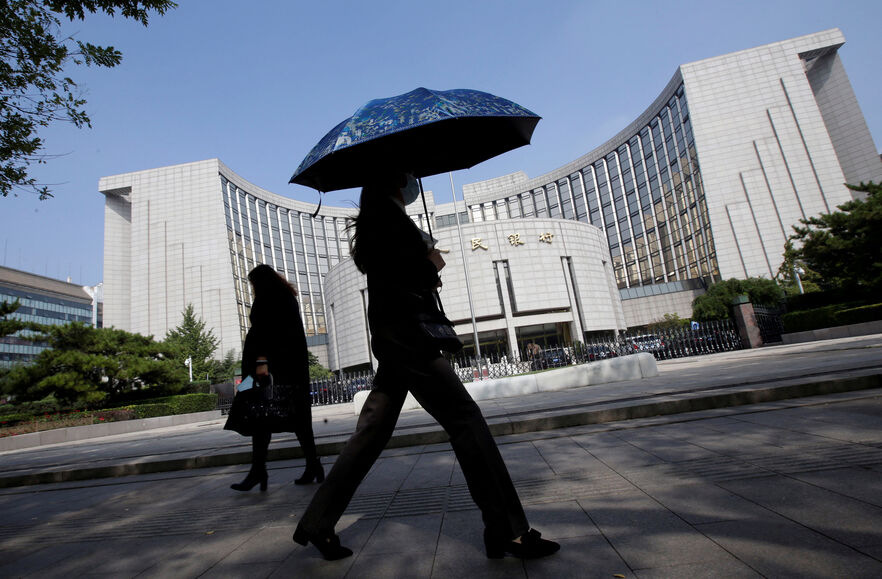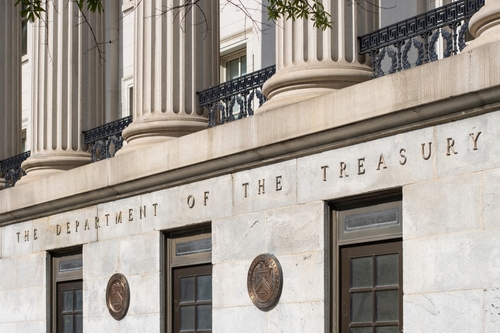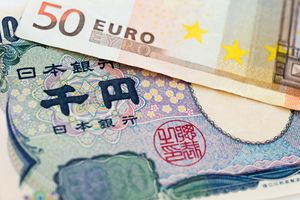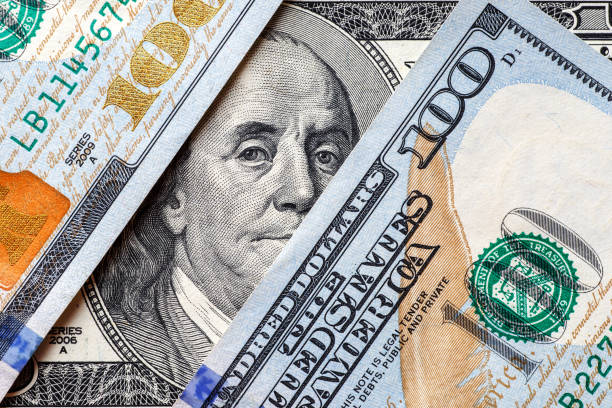Trump's Reciprocal Tariffs Spark the Trade War of the Century! Global Economy Enters Recession Narrative

TradingKey - On April 2, U.S. President Donald Trump unveiled his reciprocal tariff plan, imposing a 10% "minimum baseline tariff" on all trading partners and higher "reciprocal tariffs" on more than 60 countries with the largest trade deficits with the United States.
According to the reciprocal tariff schedule announced by Trump, the U.S. will impose an additional 34% tariff on China, on top of the already implemented 20% surcharge—bringing the overall tariff on Chinese goods close to the 60% level Trump pledged during his presidential campaign last year.
In addition, the U.S. will impose tariffs of 20% on the EU, 24% on Japan, 25% on South Korea, 26% on India, 31% on Switzerland, 46% on Vietnam, and 49% on Cambodia, among others.
Bloomberg Economics estimates that the effective tax rate on over $3 trillion worth of U.S. imports will now rise to approximately 23%—the highest level in more than a century.
Contrary to Trump’s branding of the move as"Liberation Day," Manfred Weber, chairman of the European People's Party—the largest faction in the European Parliament—described it as a "Resentment Day."
Takahide Kiuchi, chief economist at Nomura Securities, warned that Trump's tariffs carry the risk of destroying the global free trade order the United States itself has spear-headed since the Second World War.
Many economists have cautioned that the new tariffs will slow global economic growth and increase the risk of recession, while ordinary American households will face thousands of dollars in added living costs.
Antonio Fatas, a professor at INSEAD Business School in France, remarked that the move signals a shift toward “worse performance, greater uncertainty, or even a global recession” for both the U.S. and the world economy.




